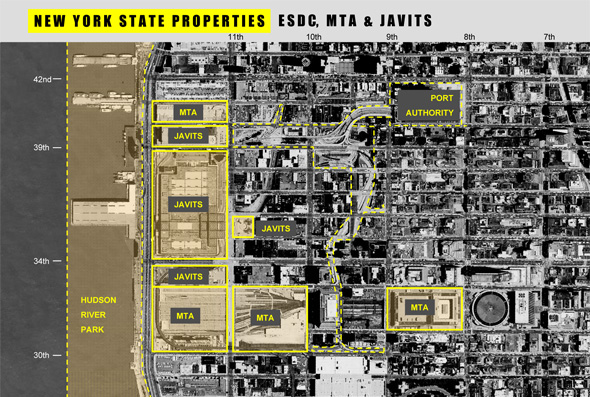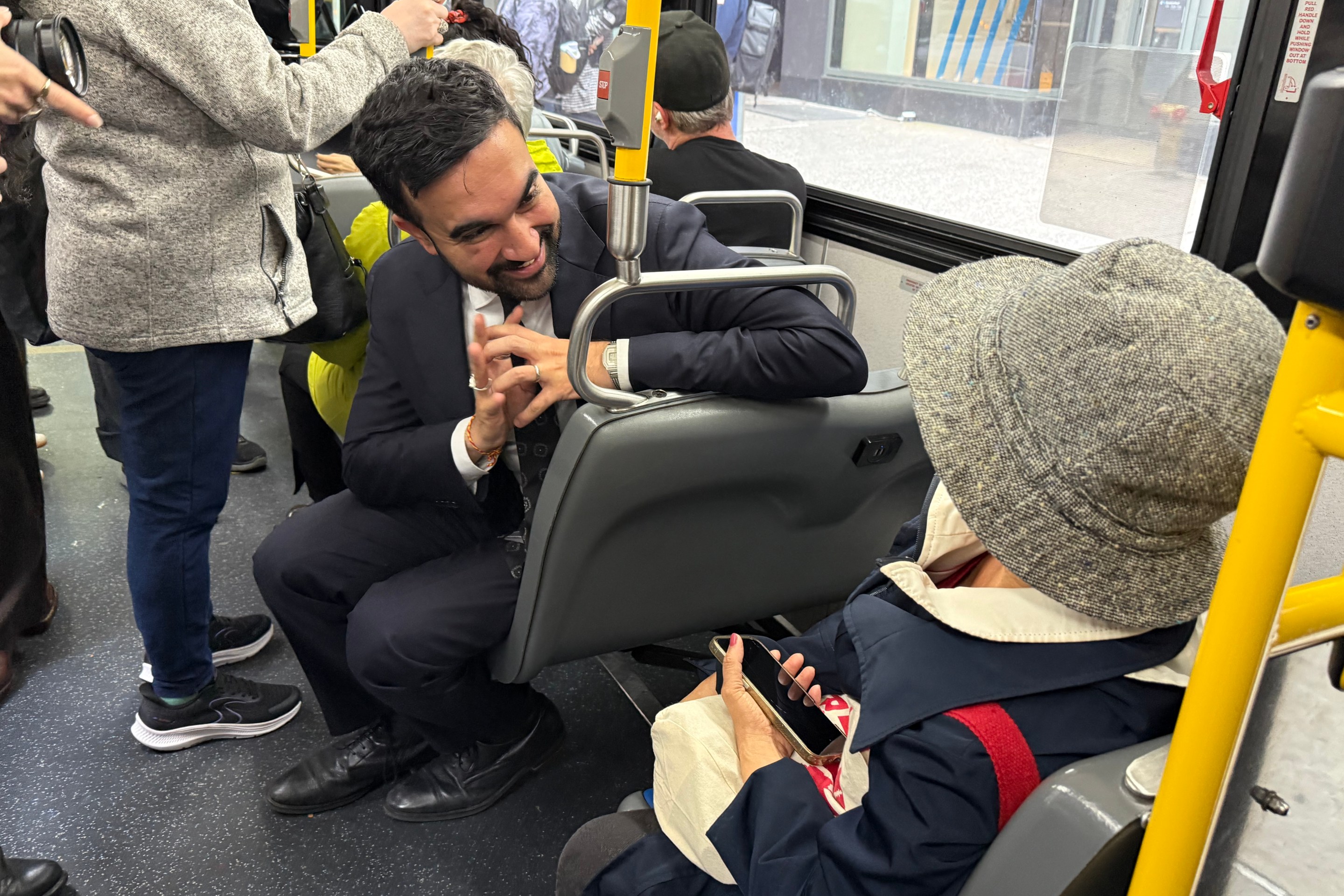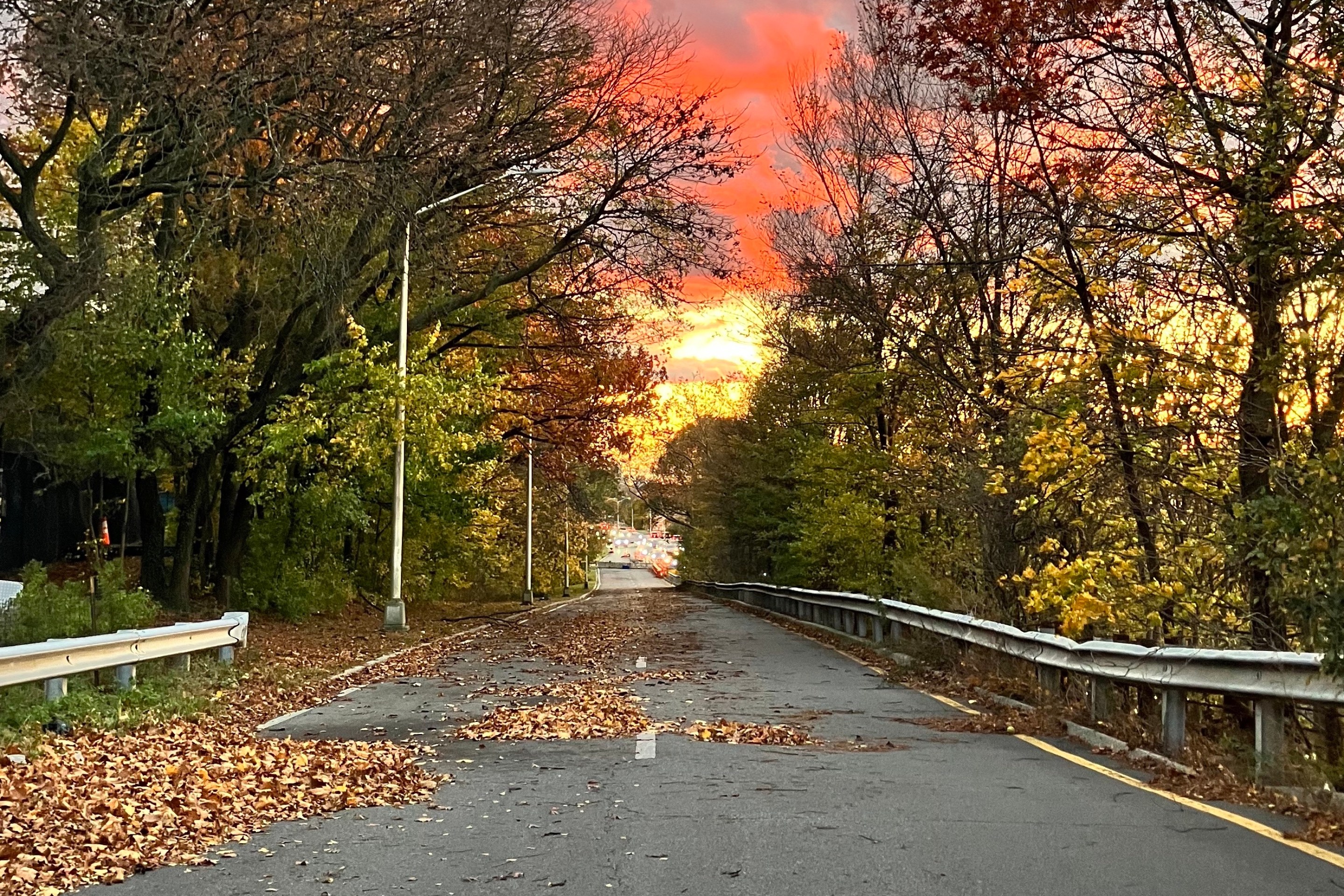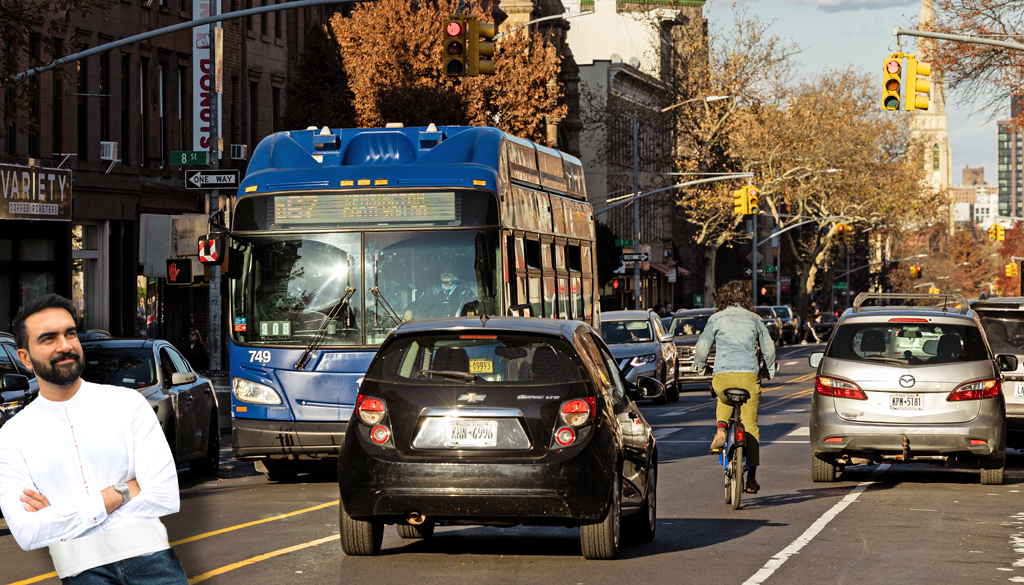
After Andrew Cuomo's State of the State address last week, Streetsblog looked a little closer at the governor's plan to build the nation's largest convention center at the Aqueduct racino in Ozone Park, Queens. Counting on a huge convention center near JFK airport to deliver economic development seemed like a dubious proposition, but the other side of the plan -- converting the Javits Center site on the West Side of Manhattan into a mixed-use neighborhood -- has a lot to recommend it.
The Javits Center, built in the 1980s, controls 18 acres on the far West Side, from 33rd Street to 40th Street. Most of the site is an enormous superblock occupied by the main convention center building. The only cross street that provides access to the waterfront and Hudson River Park is 34th Street. (39th Street, while not part of the main building, is barricaded off to serve the facility's needs.)

"You look down the street and all you see is a black wall," said Meta Brunzema, an architect and professor at the Pratt Institute who chairs the planning committee of the Hell's Kitchen Neighborhood Association. "It's very difficult for the community to have waterfront access." Meanwhile, the area around Javits never caught on as a retail environment, said Brunzema, because the convention center is empty 100 days out of the year.
Cuomo's plan to redevelop the Javits site using "the Battery Park City model" -- presumably by offering long-term leases piece-by-piece to different developers, working from a set of planning guidelines -- could create a cohesive district on the western edge of the neighborhood and finally reconnect city streets to the waterfront. "It's really important that the Javits site be an extension of urban fabric, with a critical mass of residences, commercial uses, cultural facilities, and parks," said Brunzema, noting that Hell's Kitchen is also divided by bulky, traffic-choked approaches to the Lincoln Tunnel. "The neighborhood is completely fragmented."
The Javits site sits next to the larger Hudson Yards special district, which the city rezoned in 2005 and will eventually be served by the extension of the 7 train to 34th Street and Eleventh Avenue. One important detail to keep an eye on is that the hard cap on parking spaces in the Hudson Yards district does not apply to the Javits Center site.
Selling the Javits site would also provide a windfall for the state. Speaking to the New York Times last week, Regional Plan Association President Bob Yaro pegged the value of the site at $4 billion. Proceeds from the sale or lease of land could be funneled into the MTA capital program, the construction of a 7 train station at 41st Street and 10th Avenue, or the development of Moynihan Station -- the long-envisioned project to renovate Penn Station and build a new train hall inside the Farley Post Office building.
One project Brunzema would like to see funded is the construction of a garage to house the increasing number of commuter buses that park curbside and idle on West Side streets near the Port Authority Bus Terminal, which can't handle any more buses.
The bus facility is part of a plan for the Javits site that HKNA put forward in 2007, which proposes to reintroduce the street grid and add a mix of uses to where the convention center now stands. Brunzema said HKNA is in touch with State Senator Tom Duane and Assembly Member Richard Gottfried about what's next for the site.





